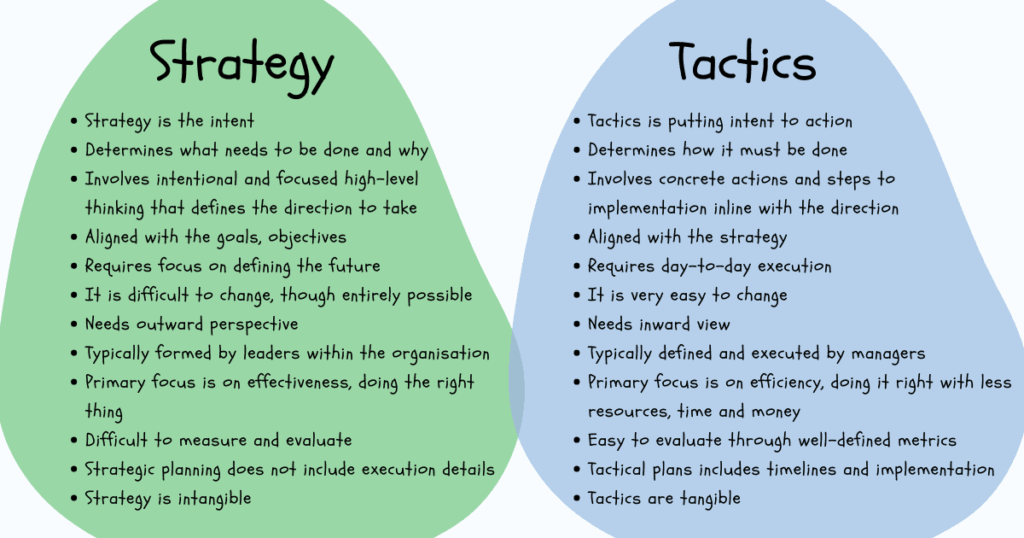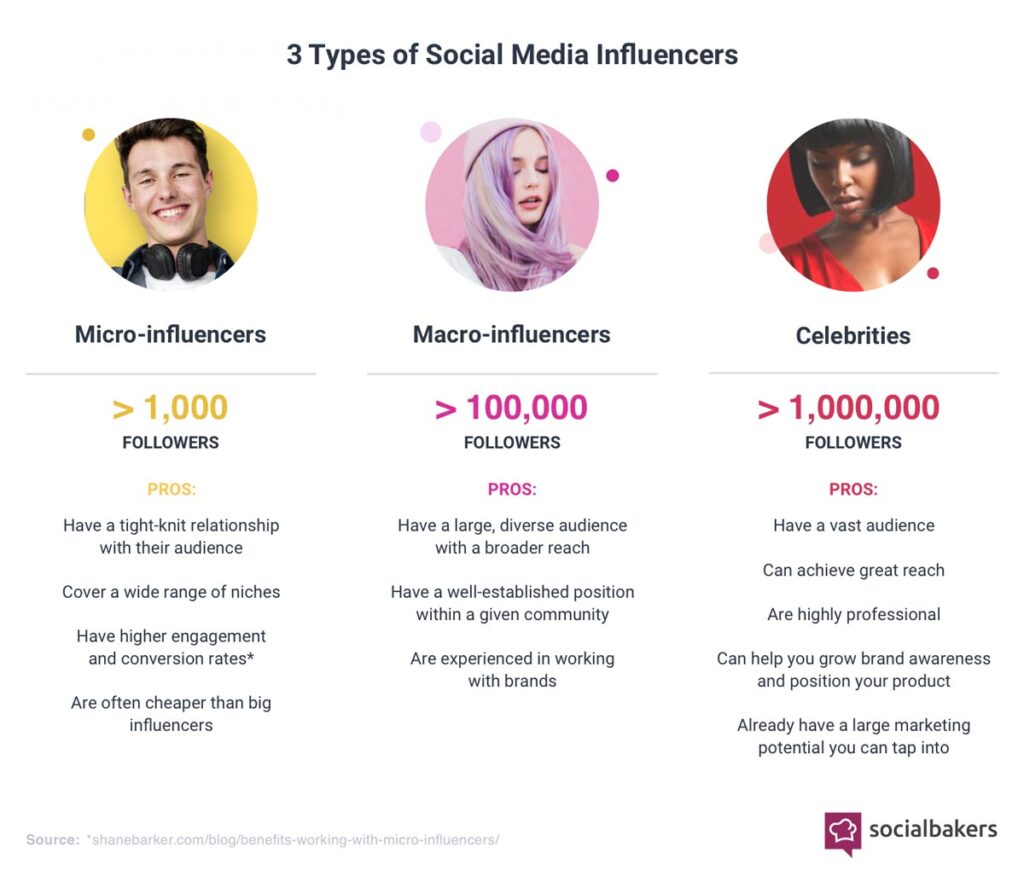How to Design a Marketing Strategy for your Firm
Different elements make up a successful business. However, we have to admit that marketing plays a pivotal role. Some experts even consider marketing as their business’ bloodline.
Thus, it certainly shouldn’t be taken lightly. How do you design a marketing strategy that will serve the needs and goals of your business or product? That’s what we are going to talk about in this quick guide.
We will define what a marketing strategy is, the different marketing channels that you can explore, how you can design one, and everything in between. Excited? Then let’s get started!
Table of Contents
What Is Marketing Strategy?

A marketing strategy is a long-term plan that will detail the best approaches you should take to sell and promote your product or service. It seeks to give you a competitive advantage, especially against other businesses that don’t have a marketing strategy.
A marketing strategy is commonly confused with a marketing plan. Keep note, though, that there are significant factors that differentiate them from each other.
First, a marketing plan’s scope is short-term. Second, this action plan usually promotes new products and services instead of all your offers (like what a marketing strategy entails).
Why You Need a Marketing Strategy
A marketing strategy ensures that your business has a clear trajectory on where your business is going in the coming years. It will also ensure that you meet your business goals in the most efficient way possible with your current data.
What Is the Difference Between a Marketing Strategy and a Tactic?

Another term that can be easily confused with strategy is tactic. The easiest way to distinguish them from each other is to think of strategy as the main structure of your design, while tactics are each of the steps required to make it possible.
Your strategy can lay out your goals, while tactics will be the detailed steps to accomplish those goals.
Step #1: Create Your Value Proposition
Ready to design your marketing strategy? The first step is to create a value proposition. This will serve as the core of your plan. A value proposition is a statement that effectively summarises your products and services’ value to its customers. How will your business be beneficial for them? And more importantly, why should they choose you over your competition?
Step #2: Define Your Brand Value
When we say value, this is not limited to the primary benefits that your products and services will be able to deliver. Your brand value should also forge a deeper and more meaningful connection between you and your customers.
This should answer questions such as what does your company believe in? What does it stand for? Does it support a particular cause? More importantly, how can your marketing strategy reflect these values?
Step #3: Pinpoint Customer Pain and Expectations
Are you finding it hard to develop your brand values and value proposition? One way that can help is to pinpoint the challenges that your customers experience and how you can step in to help. It would help if you also looked into how they expect their issue to be resolved. Plus points if you can even deliver beyond their expectations.
Step #4: Determine Market Trends and Competition
Your customers shouldn’t be the only basis of your marketing strategy. It would be best to look into what others in your industry are doing, especially your direct competition. The goal is to go beyond the steps currently being done. Keep in mind that you don’t always have to be flashier. Most of the time, being faster and more efficient is more than enough.
Step #5: Identify Your Target Audience

If you’ve been taking notes and following our guide so far, then chances are, you’re already starting to see the basic framework of your marketing strategy. Let us now move on to fill in the more refined details, starting with your target audience.
Define Your Buyer Personas
Your creativity will surely come in handy in this step. We are now going to create multiple buyer personas from your target demographic.
A buyer persona can be defined as a semi-fictional representation of your consumer based on what you have researched. It is similar to creating a character in a game, only this time, what you’re designing are your ideal customers.
This step is crucial in understanding your prospective customers and how your marketing strategy can help you convince them to be your loyal patron.
Step #6: Find Partners
You have probably identified pain points by now一or the inherent shortcomings of your business in putting your tactics into action. Congratulations if you don’t have them, but if you do, rest assured that it’s the same for other brands. There’s no such thing as a perfect company.
Fortunately, you can always find related businesses that can collaborate with you. Don’t limit yourself to just companies and organisations.
It would help if you also considered individuals such as celebrities and social media influencers. It can also comprise tools and platforms to help you enact your marketing strategy more efficiently.
Step #7: Decide on the Messaging and Creativity of Your Brand
You now have the main structure and the necessary details of your plan. Ideally, you should have decided on your partners and tools as well. It’s now time for the fun part. You can finally determine the voice and face of your brand.
How will you put your marketing strategy into action? If your brand has a personality, what would it be? How would it behave? What would it say, and how would it say it? If you could give your brand a face, what would it look like? What colours would it be? What font?
Creating an unmistakable personality for your brand will help unify your efforts and forge recognition and reputation.
Step #8: Define Your Marketing Channels

Take your time fleshing out the previous step since its results will help determine the best channels your brand can use to reach out to its consumers.
Different Types of Marketing
There are different marketing channels available, both offline and online. However, we live in the internet age, allowing us to focus on digital marketing channels over more traditional ones.
Email Marketing
We understand how some may think that the time of email has passed since most of us use social media channels to communicate. But it’s not dead. It remains to be one of the most efficient marketing channels today.
It’s an ideal channel to choose if you want a method to send regular updates to your customers without being restricted by the limited space of social media posts. It also allows for more personalisation, which is always a plus.
Given the volume of emails you will need to send, the use of an email marketing platform will be essential. Having opt-ins (or digital products that your customers can enjoy in exchange for their email address) can also help ramp up your email list.
Direct Mail Marketing
The main challenge with email marketing is that it can easily be overlooked and forgotten due to the sheer amount of digital information we are exposed to every day. This is what sets direct mail marketing apart.
It can create a memorable experience for your customer when done right, similar to receiving a surprise gift. This is an ideal option if you send over physical objects such as product samples or merchandise.
Just make sure that it will be something that will provide to your clients instead of adding to their useless clutter. Otherwise, this can potentially reflect poorly on your brand.
Influencer Marketing

You don’t always need to reach out to your target audience directly. There are times when other people should connect to them on your behalf. Getting endorsed by a celebrity can be costly, especially for smaller businesses. Thus, you might find working with social media influencers preferable instead.
The main benefit that influencers provide is that many people find them more accessible and, as such, more relatable. They can also significantly impact your brand’s online recognition and reputation.
SEO Optimisation
Another aspect you should consider is that you don’t always have to reach out to your clients. There are times when it’s more beneficial to wait for them to find you. Instead, you can make it easier for them to search for you online, which is what SEO is all about.
Search engine optimisation is the process of making your website (and individual web pages) rank higher in search results. You can apply different techniques, from improving the quality of your content to the strategic use of keywords, and improving the site’s accessibility, to name a few.
Social Media Marketing
If there’s one marketing channel that goes so well with SEO, that would be social media marketing. After all, you can think of your social media channels as extensions of your main website. We acknowledge that even business owners operate exclusively on social media instead of having a website.
One of the main benefits of social media marketing is making your brand more accessible to your target audience. We also like how it levels up the playing field. After all, there are a lot of social media tactics that you can do for free.
That said, it is not surprising why most businesses manage multiple platforms. You can do that too. You have to be careful not to stretch your efforts too thin and that everything’s based on sound research. This way, you’ll be able to determine the best platforms to focus on and how to better plan your posts, given that these sites tend to limit how much information you can share at a time.
Paid Advertising
Finally, you can also explore opportunities to reach your target audience through paid online advertising. Again, there are different options you could take. You can work with a popular platform (like Google or Youtube), social media platforms (like Facebook or Instagram), and even individual websites (especially if you believe that it’s an online space that your target audience frequents).
It would immensely help to have ad tracking software to help you stay on track with your paid advertising campaigns. This will tell you how many views, clicks, and other online engagements they received.
Step #9: Select a Strategy and Budget for Each Channel
Once you have explored all of your options, hopefully, with the information we’ve shared above, you can now go ahead and refine your strategy further, determine your preferred marketing channels, and set your budget.
Since this is a marketing strategy and not just a single campaign, feel free to create a more long-term schedule. It would still help set deadlines to give you a point of reference for the next step.
Otherwise, you can finally put your plan into action.
Step# 10: Analyse Your Results
Different tools can help you analyse how your marketing strategy is panning out. They can help you assess whether something’s working or not, particularly those integrated with AI technology and reliable projection features.
Don’t limit yourself to the strategy you initially came up with. Don’t be afraid to make adjustments as you see fit. Switch things up. Keep your customers anticipating what’s next for your brand. Remember, a marketing strategy should work for your brand and not the other way around.
Indeed, a marketing strategy can serve as an excellent guide to help your business achieve its long-term goals. By keeping the tips we have shared with you in mind, we’re confident that you’ll be able to do so, especially with the help of the appropriate tactics and tools. Good luck!
